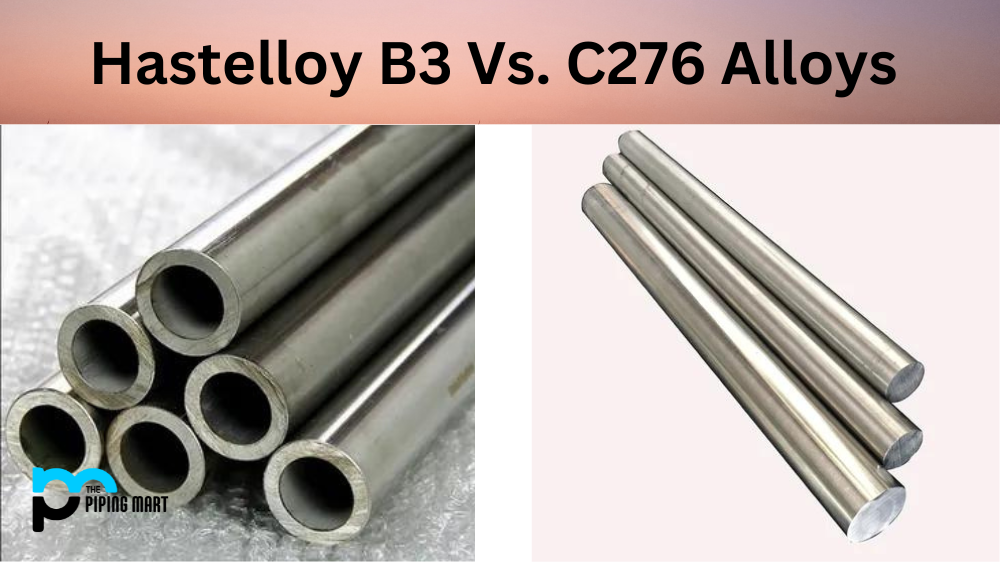Understanding the differences between metal alloys can be a daunting task. There are so many specialized alloys available today it can be difficult to know which one is best for your particular application. This blog post will compare two of the most popular nickel-based alloys on the market: Hastelloy B3 and C276. We’ll look at their chemical composition, mechanical properties, and cost comparison, so you have a better understanding of what each alloy is best suited for.
Chemical Composition
Both Hastelloy B3 and C276 contain nickel as the primary component (about 50%). However, they differ in terms of other elements present in their chemical compositions; Hastelloy B3 contains molybdenum (25%), while C276 has chromium (15%). The presence of these additional elements affects their corrosion resistance properties and makes them suitable for different applications. Hastelloy B3 has excellent resistance to reducing acids like hydrochloric acid but does not perform well against oxidizing acids like nitric acid. On the other hand, C276 has excellent resistance to both reducing and oxidizing acids, including sulfuric acid and hydrofluoric acid. The higher chromium content also gives C276 greater resistance to stress-corrosion cracking than its counterpart.
Mechanical Properties
Both alloys have a high tensile strength at room temperature, but Hastelloy B3 is slightly stronger than C276 due to its higher molybdenum content. In terms of hardness, both alloys are relatively soft compared to other metals, but they do have good ductility, which allows them to be easily formed into complex shapes without breaking or cracking under pressure. Additionally, both alloys have low thermal expansion coefficients, which make them ideal for applications that require thermal stability, such as heat exchangers or nuclear power plants.
Cost Comparison
Cost is another key factor when it comes to selecting an alloy for a particular application. Generally speaking, Hastelloy B3 tends to be more expensive than C276 due to its higher molybdenum content. However, if your application requires superior corrosion resistance, then paying a bit more for the extra protection might be worth it in the long run!
Conclusion:
Hastelloy B3 and C276 are two popular nickel-based alloys that offer excellent corrosion resistance properties depending on their specific chemical composition. While both offer high tensile strength at room temperature, Hastelloy B3 is slightly stronger than C276 due to its higher molybdenum content. Additionally, Hastelloy B3 tends to be more expensive than its counterpart due to this higher molybdenum content; however, this cost difference may be worth it, depending on your specific application requirements! By understanding the differences between these two alloys, you can make an informed decision about which one is best suited for your needs!

Pipingmart is B2B portal specializes in industrial, metal and piping products. Also, share latest information and news related to products, materials and different types grades to help business dealing in this industry.



